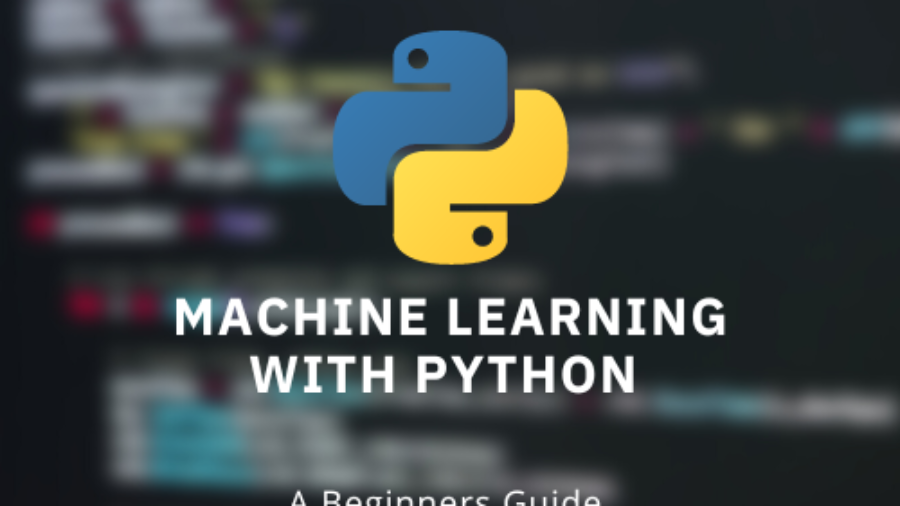Machine learning is the science of teaching computer programs to learn from data and make predictions. it is a core and popular topic in AI research. It’s also an important component of many web and mobile applications, including Facebook, Google, Netflix, Spotify, Yahoo, and Youtube. If you have been looking for a guide that will teach you machine learning from scratch using Python then you came to the right place! In this post we’ll link different concepts in machine learning with examples which will help you understand things better.
Table of Contents
- What is machine learning?
- Steps in machine learning.
- The Machine Learning Process.
- Why Python for Machine Learning?
- Machine Learning Frameworks.
- Summary.
What is machine learning?
What is machine learning?
it is the science of teaching computer programs to learn from data and make predictions. It’s also what powers many machine intelligence systems, like Apple’s Siri, Microsoft’s Cortana, Google’s Photos, Netflix’s recommendations system, and more.
Machine learning starts with data, usually big data sets where computers try to find patterns in the data or relationships between variables. The computer teaches itself how to do this by taking examples of what is called “training data”. These examples are used to create a model that can then be applied to new situations.
The most important part about machine learning is that it was designed for machines to work without human intervention. They can monitor large amounts of data and quickly identify patterns or anomalies that humans might not notice otherwise.
Steps in machine learning.
Machine learning is about teaching computers to make predictions. It’s all about training an algorithm with a set of data and then asking it to use that data to predict outcomes for new data points.
There are six steps in machine learning:
1. Gathering the data
2. Cleaning the data
3. Exploring and understanding the data
4. Graphing the data
5. Choosing appropriate models
6. Testing and refining the model
The Machine Learning Process.
Machine Learning is a technique for building a model from the data you have. A model is a function that takes inputs and outputs an output, which can be further processed by other models. When we say “machine learning” we are referring to the process of taking data as input and producing a machine as output.
The general steps in applying machine learning are:
-Data collection
-Data preparation
-Model training
-Model deployment
Why Python for Machine Learning?
Machine Learning is a field of Artificial Intelligence which has been around for a while now. It’s a subfield of AI that has many diverse applications and is closely related to other AI fields like statistics, pattern recognition, data mining, and control systems.
The vast majority of machine learning code that exists today is written in languages like R and Matlab. Python, on the other hand, is a relatively new programming language for this domain coming from a long line of general-purpose languages.
In theory, any language can be used to implement machine learning algorithms. In practice however, some languages are better suited for the task than others. For example, Python was not originally designed with Machine Learning in mind but it has rapidly risen as one of the most popular languages for ML work because it’s easy to use and convenient to use.
Machine Learning Frameworks.
Machine Learning Frameworks are tools that people use to solve problems related to machine learning. These frameworks implement algorithms and techniques from Machine Learning.
There are many ML Frameworks available in the market that have different features and have been used in a variety of applications. There is a need for a framework which can be used by a beginner as well as a professional.
In this post we’ll introduce two ML frameworks – TensorFlow, Keras – which will help you get started with Machine Learning in Python.
Summary.
Machine learning is using algorithms to analyze data in order to make predictions. Machine learning is used in many different areas, including web and mobile applications that you use everyday! In this post, we’ll link different concepts in machine learning with examples which will help you understand things better.
